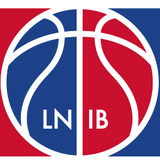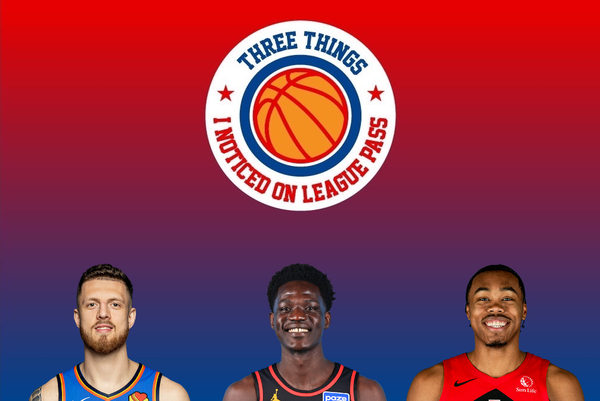The Big Batch of Thunder-Pacers Questions
Let's talk about the NBA Finals
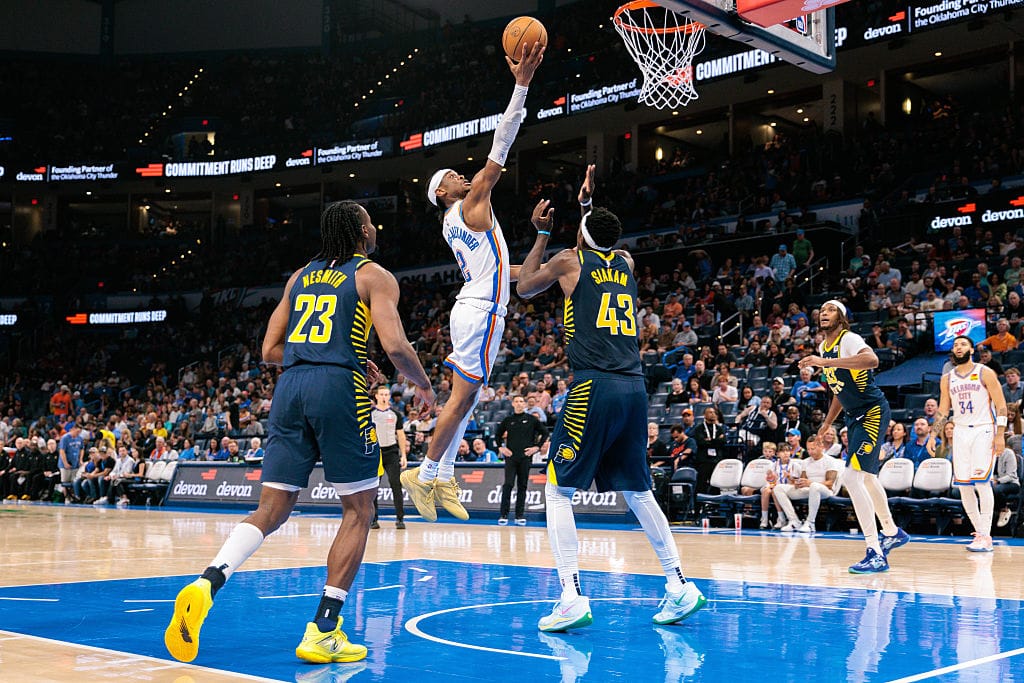
The NBA Finals are finally here! There are some of the things I'm thinking about as we head into Thursday night's Game 1.
Can the Pacers avoid turnovers?
In certain ways, this is the entire series. If the Pacers can't take care of the ball against this Thunder team, they are probably just drawing dead.
We've seen throughout this entire season that if you give the ball away against the Thunder, you lose. Period. They forced 20-plus turnovers 22 times during the regular season and went 20-2 in those games. They went 51-10 when forcing 15 or more. In the playoffs, they're 6-0 forcing 20 or more and 10-3 forcing at least 15.
We've also seen throughout this entire season that the Thunder can and do take the ball away from their opponents at a level we've rarely seen. As alluded to above, they've forced 15 or more giveaways in 74 of their 98 games, and at least 20 in 28 of them. Turning to more advanced measurements, opposing teams lost possession of the ball on 14.9% of their trips during the regular season, and amazingly have done so on 15.6% of their possessions during these playoffs, which is just absurd.
So again, if the Pacers can't take care of the ball, they're done.
Luckily, the Pacers are one of the most turnover-averse teams in the league. They finished the regular season with one of the NBA's five lowest turnover rates. They even managed to account for two of the only 21 regular-season games where the Thunder's opponent did not reach 15 turnovers, as they went for 11 in the first game and 13 in the second. Alas, the Thunder won both games anyway, the latter of them in blowout fashion. (Indiana didn't have Aaron Nesmith in the first contest but OKC didn't have Alex Caruso in that game and didn't have Chet Holmgren for either one.)
The swarm of bodies and swiping arms the Pacers will see in this series is unlike anything they have faced to date in the playoffs. Their postseason turnover rate (11.7%) has barely budged from where it was during the regular season (11.8%), but they've also gone up against teams that ranked 25th, 16th, and 13th in forcing turnovers. This is a different animal.
Tyrese Haliburton and Andrew Nembhard and T.J. McConnell and Pascal Siakam will need to have their handles as tight as ever. They'll need to be more careful with their passes than ever. (Less of a problem for Haliburton than anyone else.) They'll need to make sure they almost never turn their back to the help, as so many Thunder opponents before them have done and almost immediately come to rue. And they'll need to do it all while still being aggressive enough to actually puncture and score against the best defense in the NBA.
Is Aaron Nesmith healthy?
Nesmith is almost surely going to be Indiana's preferred matchup for Shai Gilgeous-Alexander. He's probably the only player on the team with the requisite size and strength to deal with the matchup.
He's also dealing with an ankle injury and didn't really look like himself in the final two games of the Knicks series. He only lasted 15 minutes before bowing out in Game 5 and, after he picked up two fouls early in Game 6, the Pacers shifted Andrew Nembhard onto Jalen Brunson for the rest of the evening. That strategy worked out well for them, but Brunson isn't SGA. He doesn't have the same size, even if he has equal strength. SGA's height and release point on his jumper makes it extremely tough for a defender Nembhard's size to contest.
Nesmith will have had a little more than a week since the initial injury for it to heal, so hopefully he'll be at something approximating full strength. He's not the only one who will see time on SGA, obviously. Nembhard will get a crack, as will presumably Ben Sheppard. If things aren't going well, I could even see the Pacers trying Pascal Siakam, though that would be less than ideal.
Whether Nesmith is healthy or not, I'm curious to see if the Pacers try to throw a zone at the Thunder every so often. It worked incredibly well for the Nuggets, though not quite as well for the Timberwolves. Indiana has the length and the athleticism to make it work, but it's obviously all about executing things at a high level.
Can Tyrese Haliburton stay aggressive?
As previously mentioned, the Pacers need to be able to simultaneously avoid mistakes against this Thunder defense while remaining aggressive enough to actually score. That comes down to Haliburton more than anybody else, and that's seemingly been an issue for him.
As Zach Kram wrote at ESPN:
In four meetings between these teams over the past two seasons, Haliburton has averaged just 12 points per game, his lowest average against any opponent during that span.
Haliburton has been largely passive against the Thunder's fleet of perimeter stoppers. His 10.2 field goal attempts per game are his second fewest against any opponent in that stretch; and his 0.5 free throw attempts – he has drawn just one shooting foul in four games – are his fewest. The Thunder have largely limited his playmaking too, as Haliburton's 8.5 assists per game against the Thunder are tied for his fourth fewest against any opponent over the past two campaigns.
Indiana's offense is a different beast when Haliburton is being aggressive, whether looking for his shot or for driving lanes to create opportunities for someone else. When he's being more passive, like he was in Game 5 against the Knicks, things get stagnant. The Pacers want to be in forward motion, always, and if Haliburton isn't pushing them in that direction, they can start moving side-to-side instead. And that's not the type of team they need to be in this series.
Haliburton is going to be challenged defensively in a way he hasn't been so far in the playoffs, with Lu Dort and Alex Caruso and Cason Wallace rotating on and off him throughout the game. They will be living in his shirt in a way nobody on the Bucks or Cavs or Knicks did. Everyone, everywhere will be swiping at his dribble as he navigates through the paint. Everyone's arms will be up and everyone will be darting in and out of the passing lanes he creates. They will vanish seemingly out of nowhere.
He is as well-equipped to deal with these problems as almost anyone in the NBA, perhaps even uniquely so because of his ability to make decisions later in the play, even while he's in the air. Still, it's going to be by far the toughest assignment he's had this season, and how he manages it will be perhaps the most significant factor in determining whether or not the Pacers' offense survives in this series.
How will the Thunder deal with ball pressure?
The Pacers are picking up their playoff opponents deeper in the backcourt than any other team.
On halfcourt possessions, they're corralling the ball-handler just over 51 feet from the rim, per GeniusIQ tracking. That's over 2 feet farther out than any other team. They've applied backcourt pressure on 36.4 possessions per game, over 6 more than the next-closest team. They've used deep backcourt pressure (75-plus feet from the basket) more than 11 times per game, and over 100 total times more than the next-closest team, which is Oklahoma City.
The Thunder have barely been pressured during these playoffs, with opponents picking up in the backcourt only 17.8 times per night. The average pickup distance for Oklahoma City's bring-up ball-handler has been just 40.6 feet, which is second-lowest only to the Pistons, who played the pressure-averse Knicks in their only series.
Some of that is because turning games into a track meet against OKC isn't necessarily advisable. Some of it is because the Thunder have multiple ball-handlers fully capable of bringing the ball up the court and initiating the offense. Some of it is because cutting off driving lanes is probably more important against the Thunder than is worrying about how high the initiation point is for the offense, and we've seen with teams like the Wolves that utilizing a lower pickup point might actually be better than a higher one.
How the Pacers strike this balance and how the Thunder react to being consistently pressured for the first time, if that's indeed what happens, is yet another potential tipping point for the series.
Will the Pacers continue their elite shooting?
One thing we know about the Thunder's defense, above almost anything else, is that they totally choke off access to the paint. Consider what's happened to each of OKC's opponents so far in these playoffs.
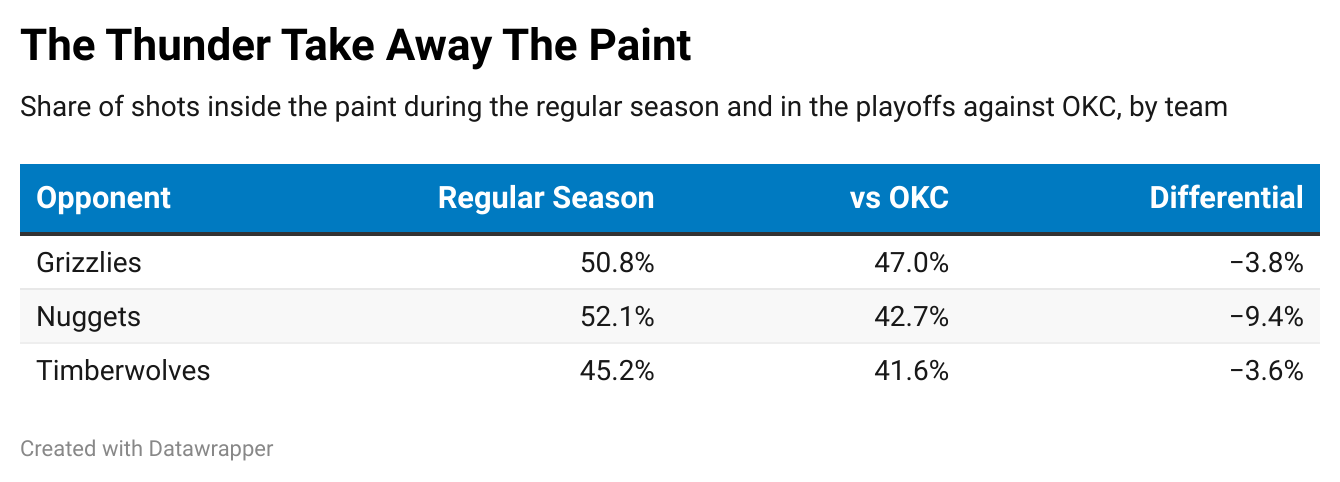
They tend to turn their opponents into three-point shooters and their games into a three-point contest. They especially did this to the Nuggets, who finished the regular season dead last in three-point rate but found themselves hoisting away from beyond the arc at a rate they don't typically want to reach.
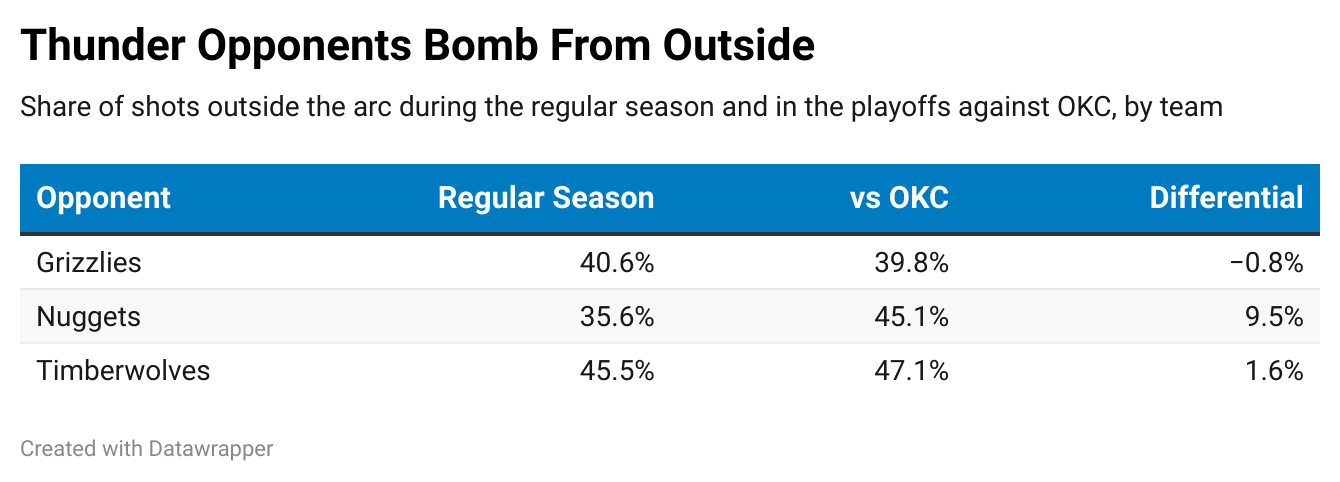
The Pacers finished the regular season 20th in three-point rate, taking 40% of their shots from outside the line. They've taken threes at just about the same rate during the playoffs, with 39.1% of their shots originated behind the arc.
They've been by far the most accurate shooting team in the playoffs, though, nailing 40.1% of their treys. This after tying for being the ninth-best shooting team in the league during the regular season. The Pacers have played 16 games this postseason. They've shot better than 36% in 12 of those games, and they are 12-0 in those contests. They've shot 33.3% or worse in four of their games, and they are 0-4 in those contests.
The Thunder are going to take the paint away from the Pacers and turn them into three-point shooters. If Indiana can continue hitting at a high rate, it has a chance to make this an interesting series. If not, it'll probably be a short one.
Will OKC stay big or go small?
The Thunder didn't have their two big men available at the same time very often during the regular season. They actually played more than five times as many minutes with neither Chet Holmgren nor Isaiah Hartenstein on the floor (1,791) than they did with the duo on the floor together (316).
They unsurprisingly demolished their opponents in any configuration anyway. With neither big on the floor, the Thunder were plus-11.1 per 100 possessions. With both, they were plus-12.5 per 100. With just Hartenstein (1,273 minutes) they were plus-11.9 and with just Holmgren (560 minutes) they were plus-17.2.The playoffs have been a little different. They've played almost two-thirds as many minutes with the two bigs during the postseason (201) as they did during the regular season, but their scoring margin in those minutes (plus-3.9 per 100) pales in comparison to when they've played with either just Hartenstein (plus-7.7 in 181 minutes) or just Holmgren (plus-19.3 in 272 minutes).
Indiana has seen opponents play two-big lineups throughout the playoffs and generally either beaten them or played to a draw, but has been vulnerable on the glass against those looks. The Thunder typically aren't a great rebounding team, but Hartenstein in particular is capable of making them pay in that area.
The Pacers, though, are a more perimeter-oriented team than some of Oklahoma City's Western Conference opponents, and it could be seen as the more beneficial move to start someone like Alex Caruso or Cason Wallace in place of Hartenstein more often than not. I would be surprised of Mark Daigneault actually began the series that way, but I wouldn't be surprised to see one of the smaller guys start a few second halves or even move into the starting lineup as the series moves into its later stages — especially if the Pacers start getting going from deep.
For more big-picture thoughts on this series, check out the latest episode of the Double Dribble podcast with myself and Mo Dakhil.

